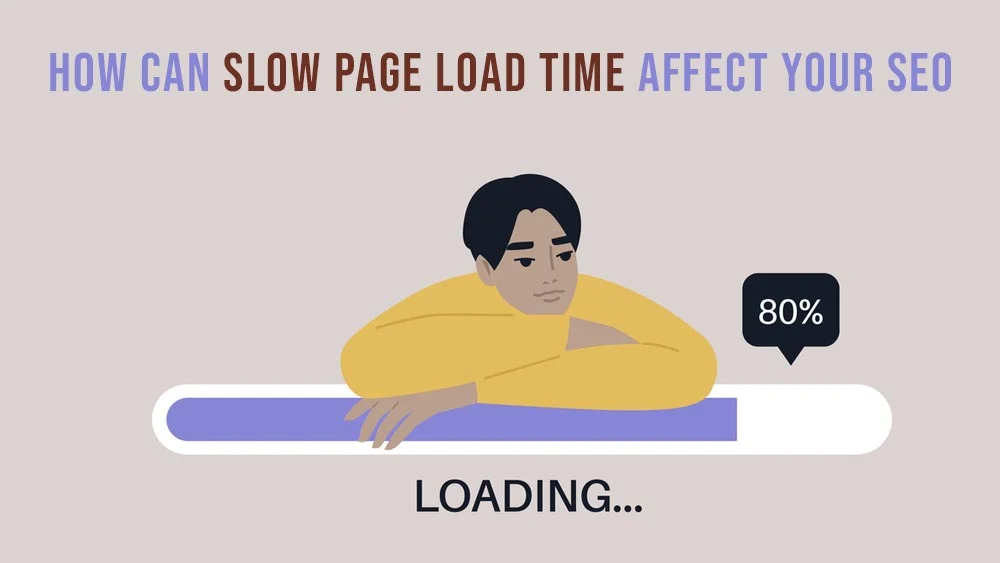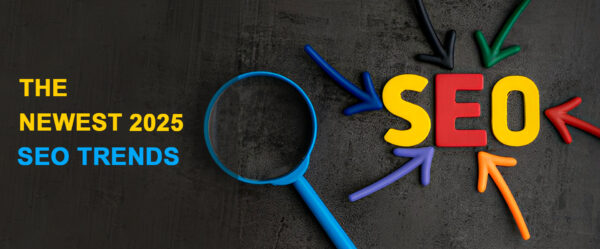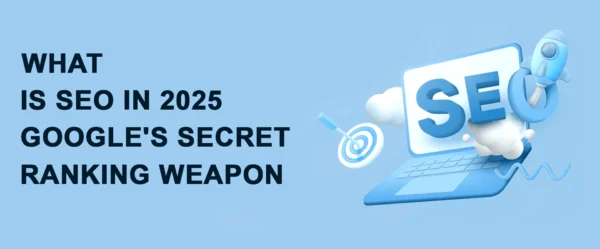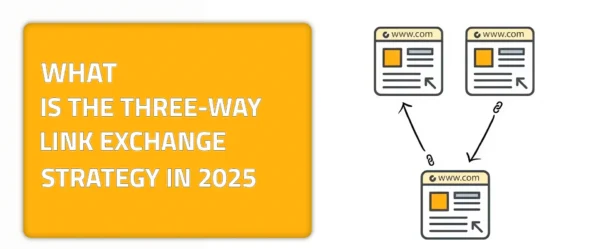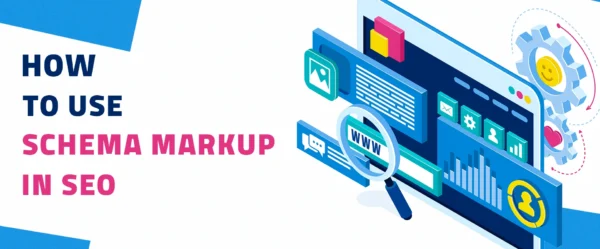Time has become something that is of the essence for us. People are counting seconds, never wanting to miss a femtosecond. In today’s fast-paced technological landscape, your website’s loading speed is something that every website owner should focus on. One that will help with the rates of success for your site. A slow pace is needed in relationships, never in your web page’s loading speed. This is something that could cause a horrible inconvenience for your website’s visitors. One that could impact your site’s performance in search engine rankings and the overall user experience. In today’s era, people expect immediate results. The internet is no exception in this case. Users are now expecting instant access to information. Our guide for today is all about slow page load time and how you can eliminate having that on your website.
That is why a few extra seconds of loading time can result in higher bounce rates, lower engagement, and a decline in conversions. Please don’t let that go unnoticed. Your page’s loading speed is not just about satisfying users. Search engines like Google also take it into account when they’re doing the whole ranking process. That is why, in this article, there isn’t an aspect that I won’t cover for you in the matter of the speed of your website and page loading. That is, you must have a full understanding of the whole topic and implement a strategy for your website that takes it all into consideration.
User Experience and Page Speed: The Relationship
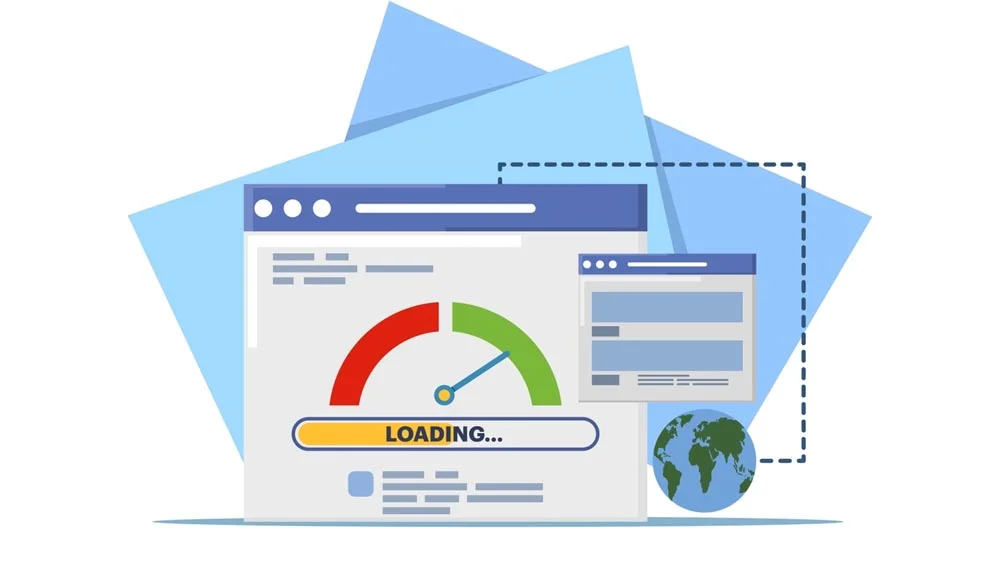
You know how our hearts are always giving us the beat that we need to survive? That is exactly the case with the user experience. It is the heart of successful website design. Slow load times can seriously harm that experience and make it harder to actually succeed. Take me as an example: if I find a website loading and it takes more than 10 seconds to refresh, if it doesn’t work, I simply leave. That being said, frustration can cause bounce rates to bounce to the sky and even reach galaxies that only exist in a Marvel universe. That kind of high bounce rate signals to search engines that you may not be giving out the best user experience.
Which will, as a result, cause you to lose your ranking chances. The issue is even more pronounced for mobile users, who often have slower internet connections and are typically on the go. If your site isn’t optimized for quick loading on mobile devices, you risk alienating a significant portion of your audience. This is where Google’s mobile-first indexing comes into play; it prioritizes the mobile version of your site when determining rankings. If your mobile site loads slowly, your overall SEO performance could suffer. Something that you, me, and your website won’t love to happen.
Slow Page Load Time: Are Search Engines Tied to Page Speed?
This is one of the million-dollar questions that I found trending in some tech-related communities. With the evolution of search engines and their standards for ranking, the answer would be yes. Yes, search engines are tied to page speed. Google recognizes that slow-loading websites can lead to poor user experiences. That’s why speed is a key ranking factor, especially with the introduction of Core Web Vitals. These metrics include Largest Contentful Paint (LCP), First Input Delay (FID), and Cumulative Layout Shift (CLS). Too many weird abbreviations? I know, I dislike it too but bear with me. These are simply the metrics that measure the essential aspects of the user experience.
For example, they tell you how fast a page loads, how quickly it becomes interactive, and how stable it is as it loads. Sites that perform well in these areas are more likely to rank higher in search results, while those that lag behind may see their rankings drop. This shift underscores the importance of optimizing your website not just for content quality but for speed and user experience as well.
Crawling and Indexing: Two Fundamental Processes
When it comes to search engine optimization, crawling and indexing are fundamental processes. Search engines use bots, often called crawlers. What are their uses? They are used to scan websites and index their content. This helps in making it accessible in search results. However, when a site has slow load times, it can hinder this process. Crawlers have a limited budget—essentially a set amount of time they’re willing to spend on any given site. If your pages are slow to load, crawlers might not be able to explore your entire site efficiently, potentially missing important content.
This can result in delays or even failures in indexing parts of your site, meaning that some pages might not appear in search results at all. Over time, these inefficiencies can lead to lower rankings, as search engines prioritize sites that are quicker and easier to crawl. This is why optimizing page load times is not just about user experience; it’s also about ensuring that search engines can effectively access and index your content, ultimately influencing your visibility and ranking in search results.
Slow Page Load Time: How Page Speed Can Directly Affect Revenue and Customer Retention?
When it comes to your website’s performance, page load times are directly tied to conversion rates. Studies consistently show that the longer a page takes to load, the more likely visitors are to abandon it. This is simply me emphasizing what I said above. Even a delay of just a few seconds can lead to a significant drop in conversions, as users quickly lose patience and move on to a competitor’s site. This loss of potential customers can directly impact your bottom line, reducing revenue opportunities.
Additionally, slow page speeds can harm customer retention; even if a user doesn’t immediately bounce, a sluggish experience can leave a lasting negative impression. This could discourage your users from repeating their visits. Which, as a result, can diminish long-term customer loyalty.
In contrast, a fast-loading site not only enhances the user experience but also builds trust and credibility, encouraging users to complete their purchases or take desired actions. Investing in page speed optimization is not just about technical performance; it’s a business decision that can directly influence your revenue and customer satisfaction. Which is something that makes it a critical factor in your overall digital strategy.
Best Practices to Improve Page Load Times: Tools and Resources
Improving page load times doesn’t have to be daunting; it’s about adopting the right techniques and tools. Ever wondered why your site feels sluggish? One major culprit could be large, unoptimized images. Compressing images without sacrificing quality can make all the difference in the world. Another key strategy is caching—how often do you visit a website and notice it loads faster the second time?
That’s because caching stores parts of the site locally, reducing the time it takes to load. But what about server response times? If your server is slow, everything else slows down with it. Reducing server response time by choosing a faster hosting solution or optimizing your database can lead to significant improvements. Moral of the story? Focus on your website’s functionality and prioritize it.
Wrapping It Up!
Improving your website’s load times is essential for better SEO, enhanced user experience, and higher conversion rates. As we’ve discussed, slow pages frustrate users, hurt your rankings, and can negatively impact your business.
Investing in faster load times isn’t just a quick fix. You can consider it a long-term strategy that pays off in increased visibility, customer satisfaction, and revenue. If you’re serious about optimizing your site and gaining quality backlinks, consider exploring linkexchange.ai. It’s a powerful tool to help you level up your SEO efforts while maintaining a fast and efficient website.


